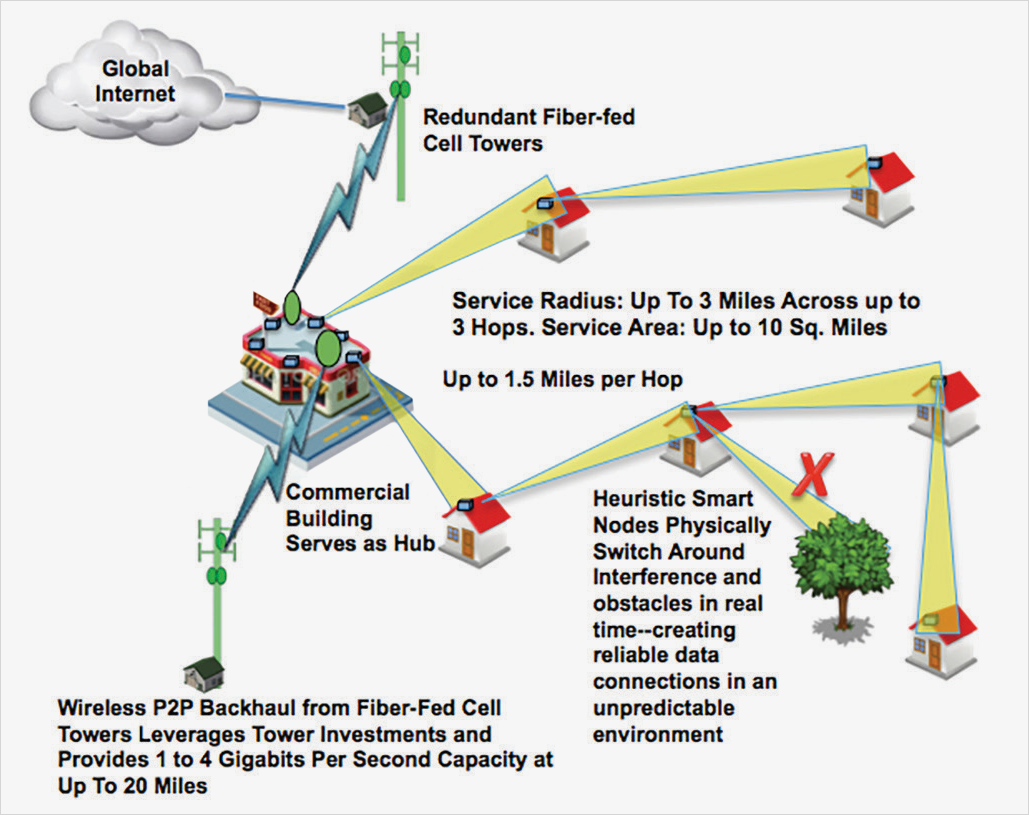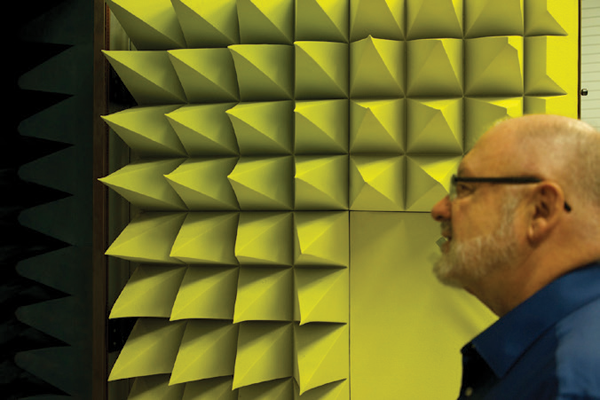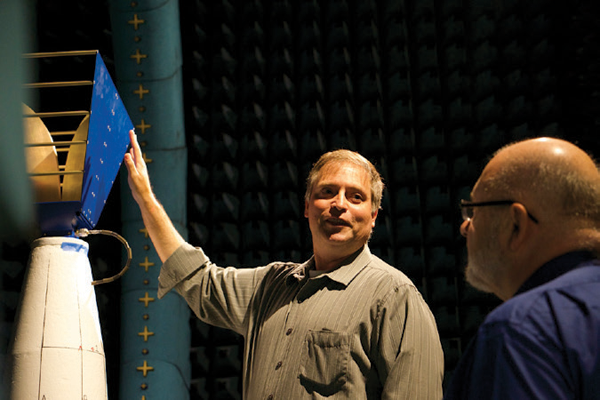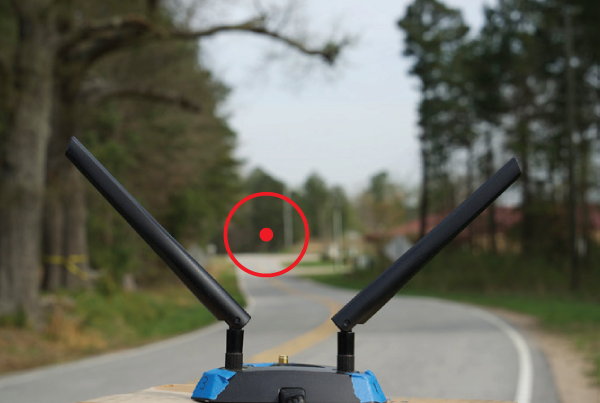Error message
- Notice: Trying to access array offset on value of type int in element_children() (line 6429 of /home1/gigaband/public_html/includes/common.inc).
- Notice: Trying to access array offset on value of type int in element_children() (line 6429 of /home1/gigaband/public_html/includes/common.inc).
- Notice: Trying to access array offset on value of type int in element_children() (line 6429 of /home1/gigaband/public_html/includes/common.inc).
- Notice: Trying to access array offset on value of type int in element_children() (line 6429 of /home1/gigaband/public_html/includes/common.inc).
- Deprecated function: implode(): Passing glue string after array is deprecated. Swap the parameters in drupal_get_feeds() (line 394 of /home1/gigaband/public_html/includes/common.inc).
- Deprecated function: The each() function is deprecated. This message will be suppressed on further calls in menu_set_active_trail() (line 2394 of /home1/gigaband/public_html/includes/menu.inc).
Our Solution
The Problem Demands a Disruptive Solution
Millions of consumers and businesses located outside of metro areas find themselves “stranded” without robust and reliable broadband service. The problem is solved with disruptive technological innovation, coupled with a strong economic model that takes advantage of existing chipsets and related equipment.
Out of the box, a single Gigaband Community Network Starter Pack will consist of 30 roof-mountable Subscriber Nodes, 1 Neighborhood Hub Kit, 1 Fiber-fed Cell Tower Back-haul Radio Kit and a Network Optimizing Server (NOS). The Starter Pack includes all the components needed to serve the first 30 users in a new Gigaband Neighborhood. Each Neighborhood Hub can normally aggregate traffic from one to five hops between any of 150 Gigaband Subscriber Nodes. Every node deployed should be within line-of-sight within a 1/8 to 1/4 mile range of two or three other Subscriber Nodes. This pattern of node deployments will create service footprints of up to an average of 200 square city blocks per served sub-neighborhood, making the service potentially available to an average of 1500 homes in each sub-neighborhood depending on neighborhood housing densities. Services would typically be purchased by a minimum of 10% of those homes or 150 homes per sub-neighborhood. Twenty or more sub-neighborhoods can be served by high capacity point-to-point links from a single cell tower.
The nature of a Gigaband network is that if/when serious physical obstacles or significant radio interference are blocking a path particular between two nodes, the nodes are programmed to immediately fall back to aiming at other nodes in different directions that are not blocked. This ability to use redundant alternate physical paths when needed is what gives Gigaband its dramatically higher connection reliability when compared to other wireless network architectures such as point-to-multipoint or conventional mesh networking.
Additional Subscriber Nodes (one for each new subscriber) are expected to cost $500 (and as little as $200 after volume production is achieved.) With only 10% penetration of a 15,000 home community, or 1,500 live-subscribers, the all-in deployment cost is expected to be a disruptive $800 per subscriber compared to an average of $2,000 to $3,000 per sub for cable or fiber deployments. That’s a 250% to 375% savings over conventional network deployments.
A Win-Win Way Out of the Net Neutrality Debate
Broadband-hungry content providers such as Netflix are feverishly fighting for net neutrality, while entrenched providers are spending their time and money protecting infrastructure dominance. Gigaband has the answer, which will allow its licensed providers and ultimately consumers to save countless dollars. Gigaband is positioned to meet the digital demands of the near future by replacing conventional technologies and delivering full HD video streams to multiple screens in countless homes without stuttering and buffering. Gigaband technology is so powerful that it provides a middle ground and enduring solutions for the net neutrality debate.
According to the U.S. Department of Commerce
80 Million Americans are un-served or under-served by broadband (i.e. have no or less than 2 Mbps of broadband service). Consumer demand is large and growing – evidenced by the rapid growth of services like Netflix, Vonage, IPTV, Khan Academy and other virtual educational and health care services, as well as by the well-publicized concerns of carriers whose forecasts show demand outstripping by a factor of 10 their ability to scale to meet it. This enormous demand demonstrates the need for viable, economically-sustainable, scalable alternative distribution and access.
|
Status Quo Sticking for Non-Metro Markets Craving Broadband |
|
|
Sticking Point |
Demand for Alternative Broadband Access Technology |
|
ROI Imposible for Traditional Cable + Telcos |
Cable and telco incubents cannot justify service deployments and upgrades in less densely populated areas, since their requisite ROI in undeliverable with conventional distribution paradigms and equiment. |
|
Satellite Expensive, Delayed and Dated |
Satellite broadband geographic available is high but suffers from high cost, unreliability due to weather, low bandwidth, high latencies, and unavoidable data caps due to limited satellite capacity - all fatal flaws for effective delivery of interactive content, streaming and gaming experiences. |
|
Mobile, Congested and Falling Further Behind |
Mobile and fixed wireless have not yet proven to be a reasonable alternative, due to the need for backhaul, speed of deployment, capacity demand and cell tower congestion that are already outpacing available bandwidth, and are likely to fall ever further behind in the long term. |
|
Bottom Line: A disruptive new technology ir required to address significant and currently unmet market needss. Mobile wireless has not yet proven to be a reasonable alternative as high capacity, in-home services altrnative doe to cell tower congestion driven by exceptional mobile demand and the difficulty of sting sufficient additional tower in residential communities. |
|
Gidaband's Answers
Gigaband's "Bureaucracy-Free" Answer
Gigaband’s patented technology makes free, unregulated wireless spectrum work reliably by using embedded, distributed heuristic artificial intelligence throughout its networks that dynamically and continuously reconfigures the networks around inevitable radio interference and physical obstacles. As a result, besides saving lots of money in spectrum costs, the Gigaband solution is “bureaucracy-free.”
This means Gigaband requires no permits from any city, state PUC, or federal agency – beyond FCC-type approval – eliminating years of waiting and fortunes spent on legal wrangling. And, unlike cable and fiber-to-the-home over-build solutions, incumbent cable companies cannot use their existing cable franchise agreements with communities to block Gigaband’s deployments, as they can and do with fiber-to-the-home competitors.
Gigaband's Access and Capacity Answer
Gigaband will bring game-changing broadband connectivity to exurban and rural communities at speeds of 200-300 Mbps for both downloads and uploads. That’s 10 times faster for downloads and 50 times faster for uploads than typical cable feeds in tech-savvy cities.
Instead of waiting for fiber to be wired to every household, communities with Gigaband can link 30 to 500 households together in a 10-square mile service area. This keeps signals strong and average Internet speeds of 150 Mbps – on par with the best home internet speeds actually used in homes anywhere in the U.S. and well above the dial-up, DSL and satellite connections that exurban and rural communities presently endure.
Gigaband’s networks are profoundly different, because each new household in a community adds to the strength of the network. This is the complete opposite of current WiFi and cable systems, in which adding new customers slows down entire neighborhoods.
Gigaband Mesh Network Architecture
Gigaband can link 30 to 500 households together that are in a 10-square mile service area. This wireless community architecture brings new opportunities to underserved exurban neighborhoods and rural regions where Internet connections are often stiflingly slow.


Founder and Chairman Mike Golden at the WRC, Entering the Anechoic (echo-free) Testing Chamber.

Dr. Gerald Hayes, Founder and President of the world-renowned Wireless Research Center of North Carolina with Mike Golden in the Satimo Test Chamber. Notice the crosses around the circle which allows them to isolate antenna directions and create any real-life situations and test the results.

Field testing a Gigaband network antenna designed for signals to hop up to 3 times for a distance of 3 miles. Red dot indicates node distance test of .5 miles.
3 Catalysts for Beyond Broadband
"There are 3 resounding reasonswhy Gigaband Networks is positioning itself to go beyond broad-band in order to deliver a super high speed, rich mubi-media Internet experience that transforms the experience of the Internet for people worldwide."

The current economic climate is forcing consumers to reduce cable and satellite services while taking advantage of soaring on-demand Internet video solutions. Certainly, during tougher economic times, consumers become very motivated to explore less expensive entertainment options. Netflix™, which delivers over 17,000 streaming on-demand titles in addition to rapidly mailing new releases, has become a phenomenon with consumers offering prices as low as $8.99 per month. Investors are certainly pleased with Netflix’s™ stock which has more than tripled in value over the last two years against the worst economic backdrop that the U.S. has seen since the 1930’s.

In early 2009, the U.S. Congress directed the Federal Communications Commission (FCC) to develop a National Broadband Plan to ensure every American has “access to broadband capability”. Congress also required that the plan include a detailed strategy for achieving affordability and maximizing use of broadband to advance “consumer welfare, civic participation, public safety and homeland security, community development, health care delivery, energy independence and efficiency, education, employee training, private sector investment, entrepreneurial activity, job creation and economic growth, and other national purposes.” The Plan aims to enable 100 million U.S. homes to have affordable high-speed services of at least 100 megabits per second in download speeds.

On February 10th, 2010, Google published a “request for information” (RFI) seeking input from local government, community groups and members of the public. The RFI is in conjunction with Google’s plans to build and test ultra-high speed broadband networks in a small number of trial locations across the country delivering Internet speeds more than 100 times faster than what most Americans have access to today with 1 gigabit per second, fiber-to-th-home connections. Google states they will offer service at a competitive price to at least 50,000, and potentially up to 500,000 people.
Beyond Broadband
As you can see, there remains a large and urgent unmet need for last-mile bandwidth distribution solutions worldwide. Additionally, the evolution of the Internet into a television delivery and real-time visual communication platform has increased the demand for much higher speed connections to people’s homes. This is confirmed by the fact that major companies are committing to spending billions of dollars rolling out very expensive fiber-to-the-home systems. Of the world’s one billion Internet users, only 6.2% are on broadband of any kind. And this “broadband” is typically 100 times slower than what fiber-optics or Gigaband networks can provide. Governments worldwide consider broadband a fundamental key to economic growth. Many countries are investing in infrastructure and clearing regulatory hurdles for extending broadband access to their citizens.

In the U.S., the FCC recently announced that current broadband solutions are wholly inadequate in terms of performance and coverage to support the needed growth of new services and the economy. They have encouraged the development of low-cost wireless solutions that can deliver up to 100 times current “broadband” performance levels—exactly what gigaband networks is working to commercialize. Analysts cite Korea as a country that transacted 30% of its GDP on broadband as early 2002 because of their commitment to widespread broadband coverage. In the US, the Brookings Institution projects that universal broadband could grow the economy by $300B annually, and the White House has called for government to focus on making broadband access universal and has provided 7 billion in subsidies to encourage more wireless network deployments. A $100B or greater worldwide opportunity awaits equipment suppliers if several technological barriers can be overcome by the industry.
We Believe
We believe that Gigaband Networks has the foundation necessary to capitalize on tomorrows Internet needs and is positioned to capture a significant portion of this enormous worldwide opportunity. Armed with its’ intellectual property, US patented solutions and a management team composed of industry veterans with over 40 years of successful experience from AT&T, SBC Communications, Bell Atlantic and Lawrence Berkeley Labs, Gigaband Networks is addressing these urgent needs today.
